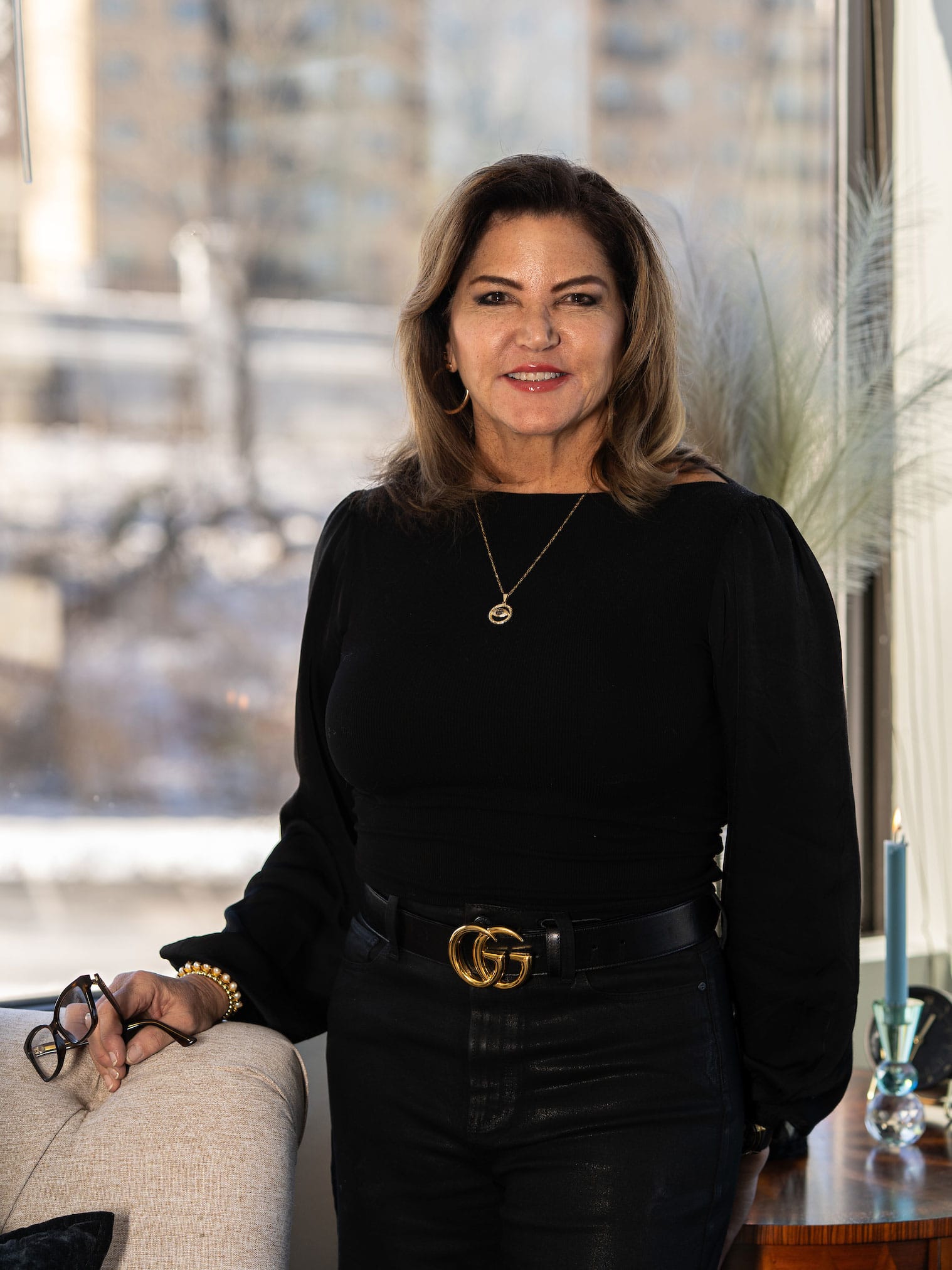Why some children don’t cooperate in anxiety treatment:
Cognitive behavioral therapy (CBT) is well-established as an effective treatment for child and adolescent anxiety disorders. However, some children find treatment participation too emotionally difficult and are unable to actively participate.
In specialized CBT treatment for anxiety, OCD and related conditions, the core behavioral component of the protocol is exposure with response prevention (ERP). ERP involves exposure to distressing thoughts, feelings and physical symptoms while refraining from engaging in compulsive behaviors which serve to temporarily alleviate the associated distress but maintain the OCD/anxiety cycle. The cognitive component of CBT utilizes exercises that correct maladaptive responses to distressing thoughts. The child will be required to repeat these exercises in between therapy sessions at home. This may be viewed as “homework” and feel overwhelming and/or frightening. Active participation both in session and in between sessions is a main ingredient to CBT and imperative for long term treatment gains.
Sometimes anxious youth believe that treatment won’t help or that treatment itself is simply too challenging. Other times, co-occurring mental health conditions like depression could negatively impact a child’s motivation to participate in treatment. Anxiety disorders, OCD and related disorders often go hand in hand and co-occur. Sadly, like children and teens may fear stigmatization which can lead to treatment avoidance. Kids have good reasons to not make the best use of individual treatment services – often times outside their control!
What is SPACE?
Supportive Parenting for Anxious Childhood Emotions (SPACE) is a parent-focused, evidence-based treatment for child/adolescent anxiety, Obsessive compulsive disorder (OCD), and related problems. SPACE was developed by world-recognized psychologist, Eli Lebowitz at the Yale Child Study Center. Scores of research indicate that SPACE is an efficacious treatment for childhood anxiety, OCD, and related problems through well-documented randomized controlled trials (the gold standard research method for health interventions).
Who is SPACE for?
SPACE is for children and adolescents who present with a variety of anxiety-related concerns. Many children and adolescents who benefit from SPACE treatment might meet criteria for any of the following mental health conditions:
Separation Anxiety Disorder
Social Anxiety Disorder
Generalized Anxiety Disorder
Specific fears and phobias
Panic Disorder and Agoraphobia
Selective Mutism
Obsessive-Compulsive Disorder
SPACE is unique in that the child is technically the client, however, parents/caregivers are the active participants in treatment sessions (with minimized participation from children themselves).
Research repeatedly demonstrates that when parents/caregivers change their own key behaviors, children’s anxious problem behaviors also positively change. In certain cases, children might participate in SPACE treatment sessions, but this treatment is primarily designed to assist parents/caregivers with new responses to best support the child’s capacity to manage anxiety.
Who Participates in treatment?
Parents/caregivers primarily participate in the SPACE treatment protocol. Research now demonstrates that SPACE, a parent-based treatment, is just as efficacious as other individual treatments such as cognitive behavioral therapy (Lebowitz et al., 2019).
When it comes to managing their children’s anxiety, parents/caregivers are often stuck in the middle of a crossroads between either (1) Wishing to validate their children’s fears through empathy and potential accommodation, and (2) Encouraging or enforcing independent ways of coping with anxiety (without parental accommodation).
As it turns out, a message that combines both sides of the coin, acceptance and encouragement, yield the best support. Parents/caregivers will learn strong communication skills to validate their children’s fearful responses, while also prompting (or expressing their belief) that they are able to face their fears.
What happens in SPACE treatment?
SPACE is a step-by-step behavioral approach that provides direct education, tools, and skills to systematically aide their children in anxiety management. Through hard work and collaboration with your child’s SPACE provider at the Maryland Anxiety Center (MAC), new, more adaptive ways of managing childhood anxiety is possible.
Treatment duration of SPACE can vary depending on a number of factors. However, research suggests that parents/caregivers can start to see symptom reduction in 10-12 weeks’ time.
Like so many evidence-based treatments, the first step is to schedule an intake appointment with your child’s therapist. During this process, the clinician will assess for the presence of mental health conditions, related problems, and take a thorough history of presenting concerns. Once SPACE is a recommended treatment, parents/caregivers will learn more about the recommendation in order to determine if it’s a good match for the family’s needs.
Parents/caregivers will learn about anxiety, the key role of parental support, and ways of reducing accommodations that reinforce anxiety and related behaviors. In this instance, accommodation refers to any action that a parent/caregiver might be doing (actions both known and unknown) because of a child’s anxiety disorder. In some cases, accommodation serves as a form of healthy protection like showing your child that there are no monsters under the bed once. However, checking and re-checking for hours per night – so that children and parents alike lose sleep, experience explosive conflict, and tension – might be problematic for everyone involved.
SPACE treatment provides parents/caregivers with a learning opportunity to develop strong, supportive communication skills, while also decreasing family accommodation at a gradual pace. In the beginning of treatment, the SPACE mental health provider serves as an active guide and instructor for the treatment. As treatment progresses, parents/caregivers will become more independent in their ability to identify targeted child anxiety behaviors and address them effectively. Therefore, parents learn the skills to address childhood anxiety problems for continued use – even after treatment services stop.
Why are parents in the driver’s seat of this treatment?
For many reasons, children with anxiety disorders do not always actively participate in individual or family-based treatment. Luckily, SPACE offers a “treatment loophole” of sorts – allowing for the parent behavior to directly influence a child’s behavioral patterns. In other words, when parents find a way to change their own behaviors first, the child’s resultant behaviors will also change.
Although cognitive behavioral therapy (CBT) is considered a gold-standard treatment for childhood anxiety disorders, about 50% of children who participate in CBT do not retain remission of symptoms (James et al, 2015). Put more plainly, kids who participate in CBT could be more likely to experience a relapse of anxiety symptoms despite treatment
Benefits of SPACE Treatment
Parents and caregivers are key contributors to children’s ability to recognize and manage anxiety. Though parents/caregivers are the active participants in treatment, the child is the individual who gains all of the therapeutic benefits. Children (and perhaps event parents) will likely experience less fear, anxiety, and mood improvements.
Of course, SPACE allows for parents to develop a sense of competence, an enhanced capability to reduce accommodations to children’s fears, and overall well-being – the child’s anxiety and symptoms serve as the bullseye of treatment.
What’s the difference between SPACE and CBT?
In a nutshell, the treatment targets and goals are vastly different. In CBT, children are primarily responsible for attending to different aspects of their anxiety and key behaviors to target. However, SPACE typically excludes child participation and parents/caregivers are focused on reducing family accommodation of children’s anxiety-driven behaviors.
Where can I learn more information about SPACE?
To learn more information about SPACE, including updates on the latest research and resources, parents can visit:
As an additional resource, parents/caregivers might benefit from reading the following self-guide text about SPACE:
What about SPACE group treatment?
Though SPACE is often provided to parents/caregivers as a standalone treatment intervention, there is evidence that suggests SPACE is an effective group treatment as well. Limited SPACE group psychotherapy research is available – yielding promising results for school-aged children.
SPACE group treatment protocols offer participants the same learning opportunities as its standalone intervention, with the added benefit of group connection and social support. Research suggests that parents who participate in SPACE group treatment formats experience reductions in all of the following: parental accommodations due to anxious youth, sense of helplessness, and family power struggles (Dekel et al, 2020).
For more information about upcoming SPACE group treatment, call the MAC intake phone number at 443-921-2929 to express interest and to be placed on a waitlist.
- Dekel, I., Dorman-Ilan, S., Lang, C., Bar-David, E., Zilka, H., Shilton, T., Lebowitz, E., & Gothelf, D. (2020). The feasibility of a parent group treatment for youth with anxiety disorders and obsessive compulsive disorder. Child Psychiatry and Human Development, 52, 1044-1049.
- James, A. C., Reardon, T., Soler, A., James, G., & Creswell, C. (2020) Cognitive behavioural therapy for anxiety disorders in children and adolescents. Cochrane Database Syst Rev
2: https://doi.org/10.1002/14651858.CD013162.pub2 - Lebowitz, E. R., Marin, C., Martino, A., Shimshoni, Y., & Silverman, W. (2020). Parent-based treatment as efficacious as cognitive-behavioral therapy for childhood anxiety: A randomized noninferiority study of supportive parenting for anxious childhood emotions. Journal of the American Academy of Child and Adolescent Psychiatry, 59(3), Issue 3, 362-372.

 The Maryland Anxiety Center was founded by Andrea G. Batton, LCPC with a vision of creating a practice where clinicians and staff work cohesively and collaboratively with patients to provide optimal psychological care. The Maryland Anxiety Center specializes in the treatment of anxiety and related disorders from a cognitive behavioral perspective, the gold-standard and most effective treatment for such conditions.
The Maryland Anxiety Center was founded by Andrea G. Batton, LCPC with a vision of creating a practice where clinicians and staff work cohesively and collaboratively with patients to provide optimal psychological care. The Maryland Anxiety Center specializes in the treatment of anxiety and related disorders from a cognitive behavioral perspective, the gold-standard and most effective treatment for such conditions.